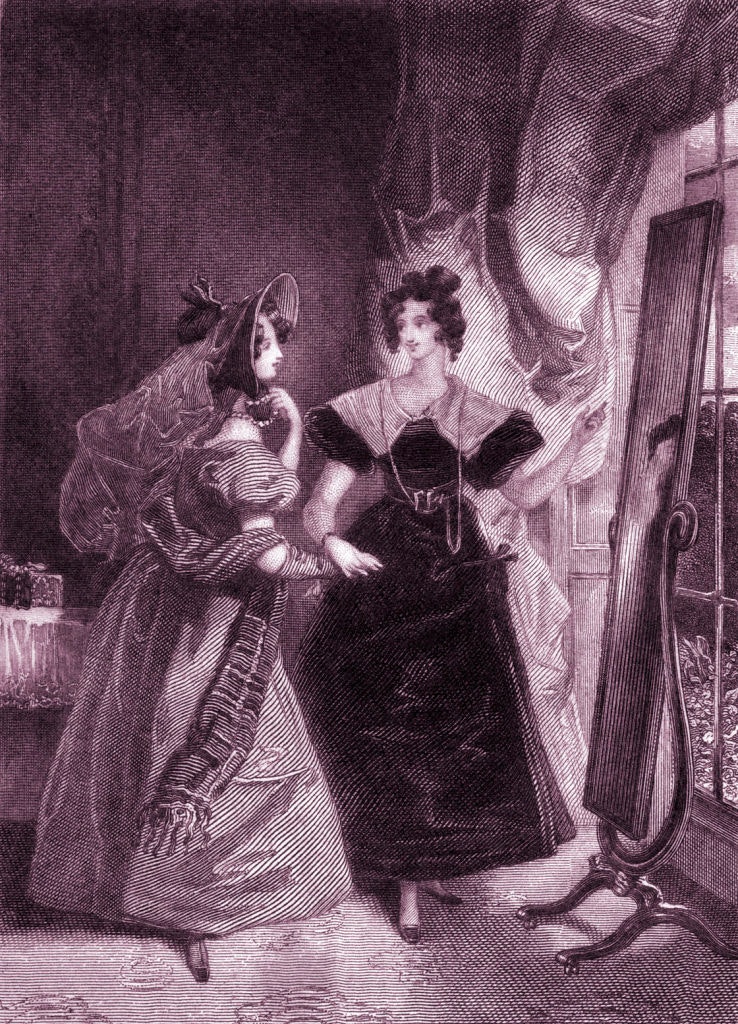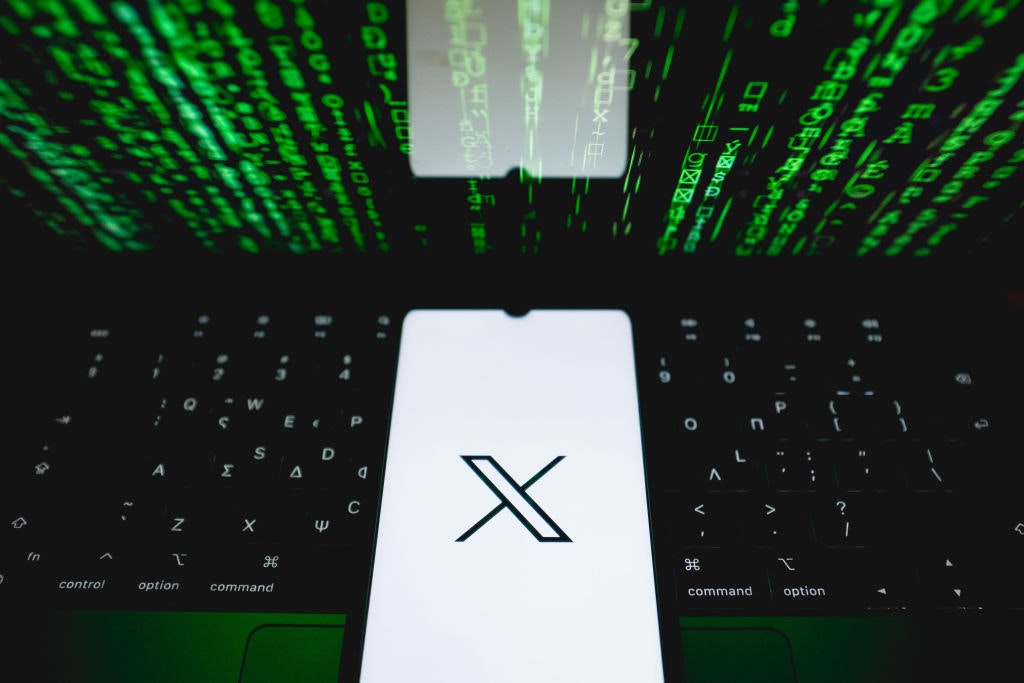The fascist state of Paw Patrol
There is no society or even commerce, just the relentless force of the police
I have a dirty secret. When some of our friends at church nod in approval upon hearing that we haven’t got a proper television, I am happy to let them think that this is largely because we want to protect our children from all the woke nonsense in cartoons. We go to one of those scary parishes where the old Latin Mass is said twice on Sundays, and I must say the sexual proclivities of Dora the Explorer are a major topic of concern.
Our friends have a point. There is a lot of this stuff going around, and you have to wonder whether even the most progressive parents really believe their kids need to learn whether in addition to being blue and wearing a diaper, Gonzo in Muppet Babies is gender-queer. (Do Muppets in fact have sex? Inquiring minds don’t in fact want to know.)
But in our case the objections are aesthetic as much as anything else. I have always admired the artistry of traditional hand-drawn animation, and the CGI you see on TV (usually farmed out to digital sweatshops in Asia) is even uglier than the top-shelf Disney/Pixar version. The color palette is unimaginably garish, a lot of neon fuschias, turquoises, and oranges, plus a distinct shade of cyan that looks like radioactive Mountain Dew. (Thank goodness the backgrounds are always empty.)
In a typical episode the Paw Patrol send an entire fleet of vehicles to an attempted misdemeanor
Then there is the sheer inanity of the dialogue, characters, and situations. When I was a child, Doug Funny was subjected to various ethical dilemmas, and even the Ninja Turtles of blessed memory had quarrels and existential crises — I recall Michaelangelo once seeking hypnotherapy for his pizza addiction — in between fighting some genuinely frightening baddies. These days we have Super Truck. Have you heard of Super Truck? It’s a quite popular show about a truck. Our three-year-old, quite perceptively, calls it “Stupid Truck.”
Despite my best efforts, the kids have managed to see a lot of these shows, mostly at grandparents’ houses. The worst one, worse than Daniel Tiger or PJ Masks or even My Little Pony (which is the subject of a pedophile cult in these United States) is Paw Patrol. This program centers around a group of talking dogs who work for various emergency services: Chase is the cop, Marshall the fireman (or rather firepup), Skye the helicopter pilot, and so on.
Unfortunately, emergency services seem to be the only thing going on in this horrifying world. Every episode revolves around some poor citizen finding himself on the wrong side of the law or the victim of an alleged natural disaster or public health crisis. In a typical episode, the Paw Patrol send an entire fleet of vehicles — cars, trucks, boats, aeroplanes, submarines, and even, insanely, a recycling van — to respond to an attempted misdemeanor or a minor traffic accident.
All of this activity is carried out under the aegis of one Mayor Goodway. She is very much a ruler in the Nero fiddling or Elagabalus line, a deranged eccentric who collects chickens (curiously enough, they cannot speak in this universe otherwise full of anthropomorphic animals) and seems totally uninterested in the actual well-being of her subjects, much less the material and other costs of maintaining a rather large police force. (I say “subjects” rather than “citizens” because as far as I can tell, there is no evidence of elections ever being carried out.)
Paw Patrol is Giorgio Agamben’s nightmare, a country in which a permanent state of emergency exists, under which governments have limitless power to rule unilaterally. There is no society or even commerce in Paw Patrol, only the relentless unthinking force of the police state, ostensibly responding to a never-ending crisis. It is the most influential work of fascist art since Ezra Pound.
Worse still than the omnidirectional sense of faux-crisis is the depiction of the offenders on the receiving end of the Paw Patrol’s mob justice. The Ruff-Ruff Pack, collar-less and dirty, are clearly working class dogs; no attempt is ever made to reform or otherwise induce them to behave better. It’s as if they exist to be brutalised. (One thinks of those lines of Auden: “Somebody chose their pain, / What needn’t have happened did.”)
I like to imagine that somewhere in Adventure Bay there is some sort of resistance movement
But perhaps the oddest thing of all is the fact that apart from the pups, the dictator Goodway, and the handful of people whom they routinely assault, the island seems somewhat sparsely populated. I like to imagine that somewhere in Adventure Bay there is some sort of resistance movement, a faction of poets and religious types opposed to the mayor’s tyrannical regime. Which is when it occurs to me: they’re all freaking dead, aren’t they? Or maybe we are talking about a gulag situation. Where else is all the production happening? There are no visible factories, but someone has to build all the machines and tools and perform the necessary agricultural work to keep the mayor’s chickens fed.
All of this no doubt is taking a bunch of magenta pixels too seriously. Maybe. I can’t help but think that in addition to their deleterious effect on children’s imaginations, shows like Paw Patrol are a serious political threat. I hate to go all Frankfurt School in a light column like this one, but it is always worrying when citizens of a democratic society are taught to worship the police, to accept so-called “states of exception” without question, and to delight in the machinery of punishment. This is the reason that, growing up in the 1990s, I always hated Cops, my love of moustaches and aviator sunglasses notwithstanding. Somehow I always wanted the guy in the wife beater shirt (invariably removed during the course of the episode for reasons that were always mysterious) with the 40 ounce bottle of malt liquor and the cigarette to get away. Like the supposed villains in Paw Patrol, he never did.
Enjoying The Critic online? It's even better in print
Try five issues of Britain’s newest magazine for £10
Subscribe














